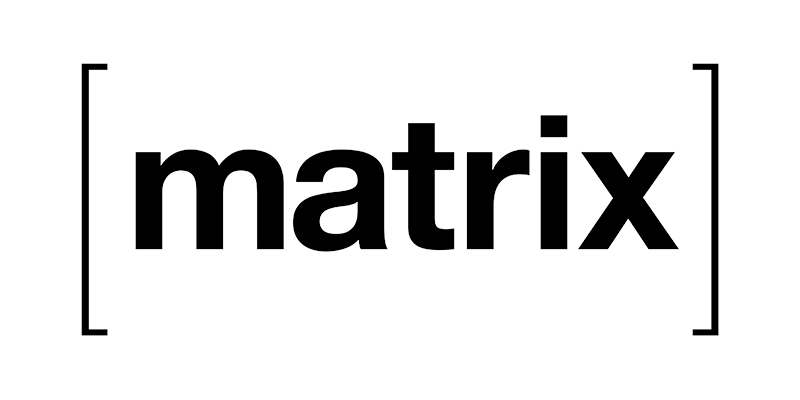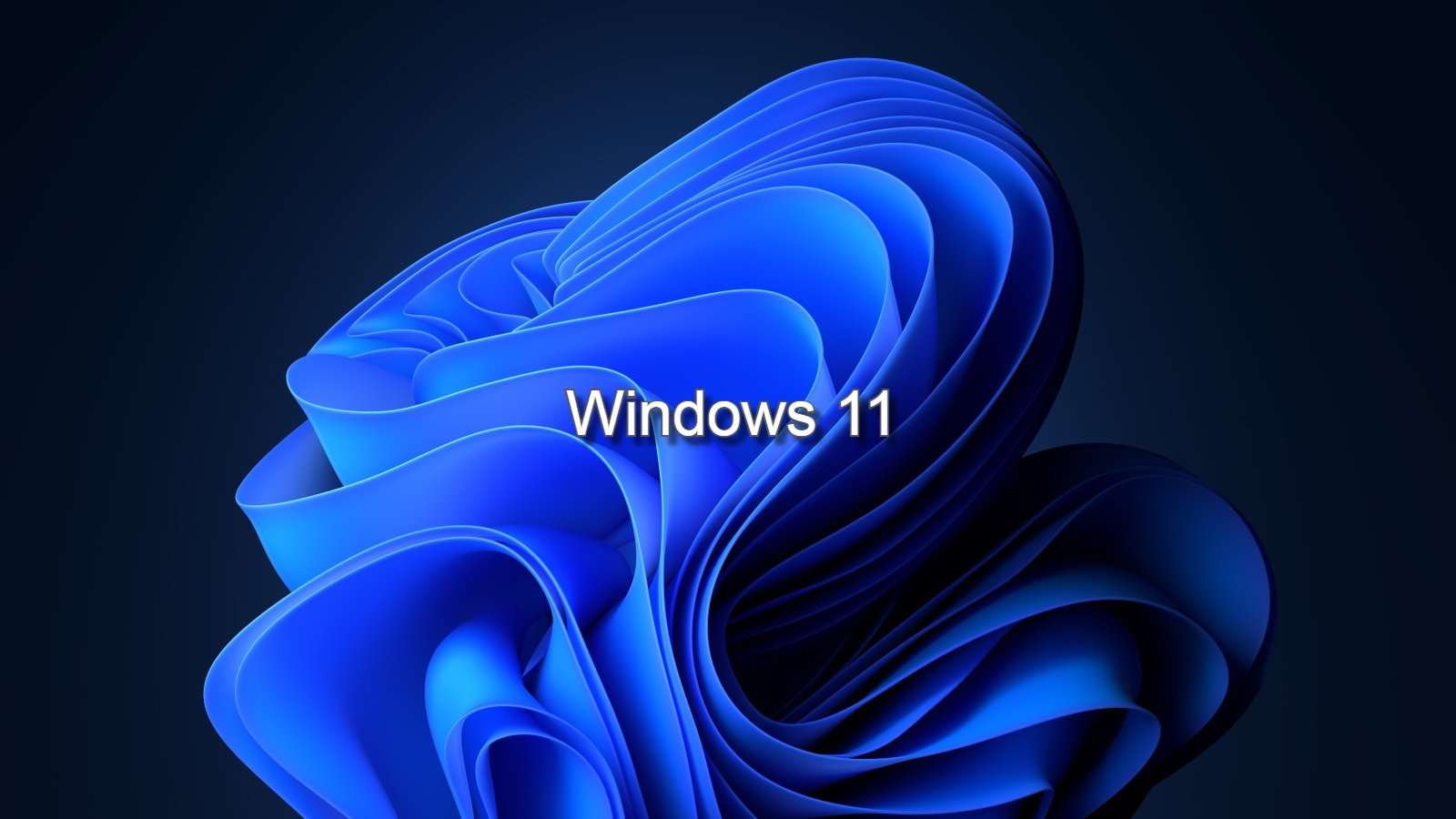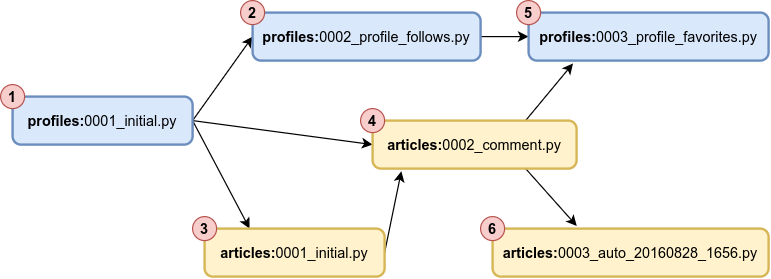
CVE-2021-31956 Exploiting the Windows Kernel (NTFS with WNF) – Part 1
Recently I decided to take a look at CVE-2021-31956, a local privilege escalation within Windows due to a kernel memory corruption bug which was patched within the June 2021 Patch Tuesday.
Microsoft describe the vulnerability within their advisory document, which notes many versions of Windows being affected and in-the-wild exploitation of the issue being used in targeted attacks. The exploit was found in the wild by https://twitter.com/oct0xor of Kaspersky.
As I did not have access to the exploit (unlike Kaspersky?), I attempted to exploit this vulnerability on Windows 10 20H2 to determine the ease of exploitation and to understand the challenges attackers face when writing a modern kernel pool exploits for Windows 10 20H2 and onwards.
One thing that stood out to me was the mention of the Windows Notification Framework (WNF) used by the in-the-wild attackers to enable novel exploit primitives. This lead to further investigation into how this could be used to aid exploitation in general. The findings I present below are obviously speculation based on likely uses of WNF by an attacker. I look forward to seeing the Kaspersky write-up to determine if my assumptions on how this feature could be leveraged are correct!
This blog post is the first in the series and will describe the vulnerability, the initial constraints from an exploit development perspective and finally how WNF can be abused to obtain a number of exploit primitives. The blogs will also cover exploit mitigation challenges encountered along the way, which make writing modern pool exploits more difficult on the most recent versions of Windows.












:quality(70)/cloudfront-us-east-1.images.arcpublishing.com/cmg/L4IGXEIABZHX7GJ3YYEM5NE35M.jpg)







